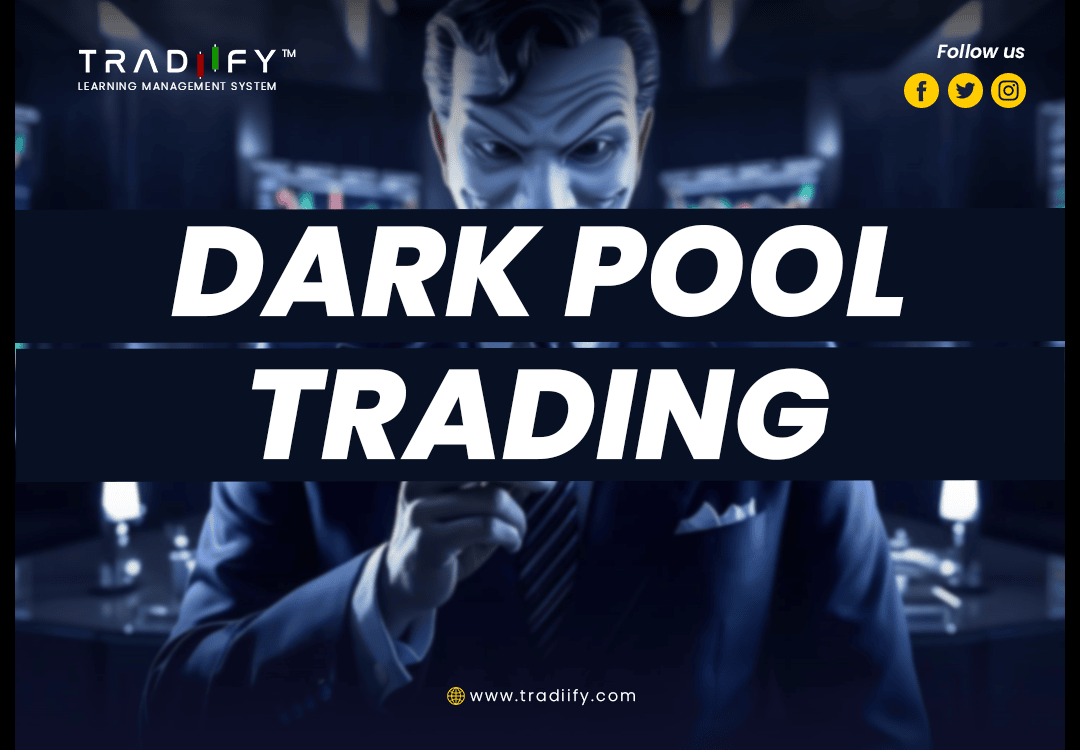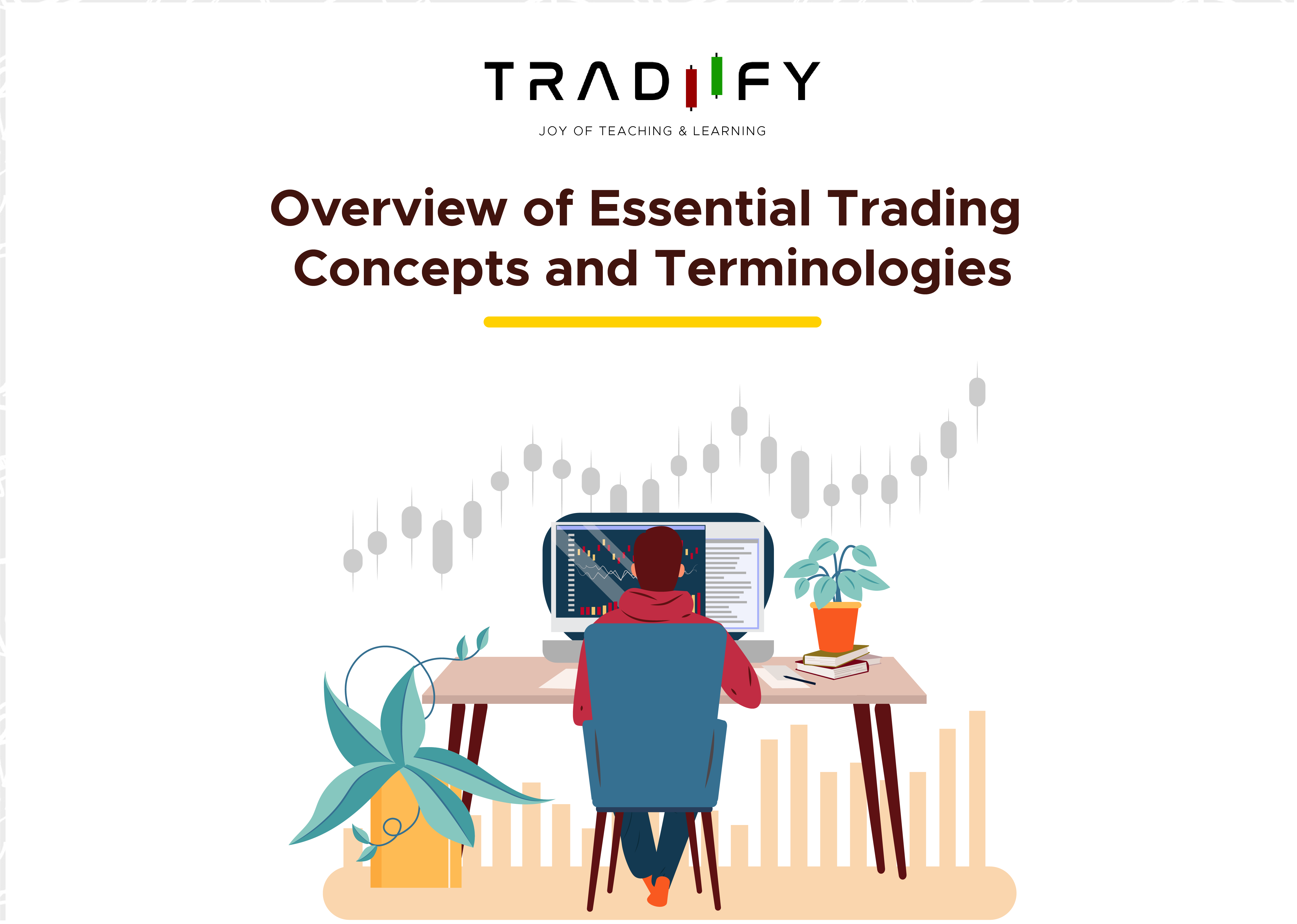Dark Pool Trading: Pulling Back the Curtain on Hidden Liquidity
If you’ve ever watched a fast-paced trading floor on TV, you might imagine that all stock trades happen out in the open for everyone to see. In reality, there’s a lesser-known side to the financial markets: private exchanges called “dark pools.” These venues might sound mysterious, but they serve a specific purpose—allowing large players like institutional investors to buy or sell big chunks of stock with minimal market impact. Let’s step behind the curtain and explore the world of dark pools: how they work, who uses them, and why they matter for everyday traders and investors.
What Exactly Is a Dark Pool?
A dark pool is a private forum for trading securities—usually large blocks of shares—away from the public eye. Unlike on public stock exchanges, where price and volume data are visible in real time, the activity in dark pools remains undisclosed until after a transaction is complete. The primary goal is to reduce market impact. When a major institution, like a hedge fund or mutual fund, wants to buy or sell a massive stake, making their order visible on a public exchange could drive prices up (if buying) or down (if selling) simply because of the order’s size.
While these trading venues are often the domain of big players, broker-dealers, and sometimes high-frequency traders, individual investors generally don’t interact with dark pools directly. Nevertheless, understanding how dark pools operate can offer insights into overall market structure and liquidity—especially if you’re curious about how sizable trades can happen seemingly under the radar.
A Bit of History
Dark pools first gained popularity in the 1980s, though they weren’t always called that. Traditional block trading desks at investment banks were the precursors—places where large orders could be negotiated privately, away from the prying eyes of competitors. As electronic trading evolved in the 1990s and 2000s, so did these private venues. They became more formalized and accessible to a broader range of institutional clients.
Today, dark pools handle a significant portion of equity trades, particularly in the U.S. and Europe. Regulatory bodies like the Securities and Exchange Commission (SEC) in the United States and the European Securities and Markets Authority (ESMA) keep an eye on these markets to ensure they operate within legal boundaries. Still, the private nature of dark pools sometimes raises questions about fairness and transparency.
How Dark Pools Work
When a large institution wants to execute a big trade, it might turn to a dark pool for minimal market disruption. Here’s a simplified look at the process:
Order Placement: An institution (or broker acting on its behalf) places a large buy or sell order in the dark pool.
Matching Engine: A matching engine looks for corresponding orders in the pool—essentially a buyer if you’re selling, or a seller if you’re buying.
Trade Execution: If the matching engine finds a compatible order (often at a price slightly better or equal to what’s available on public exchanges), the trade executes.
Post-Trade Reporting: After the trade is completed, the dark pool reports it to the market, but usually without revealing full details of the order size at the moment it was active.
This system prevents other traders from seeing large buy/sell interests in real time, thus reducing the “footprint” that could otherwise move the market significantly.
The Pros
Lower Price Impact: By keeping large orders hidden, dark pools can help institutions avoid sudden price swings that would otherwise occur if the market knew a big player was making a large trade.
Improved Execution Quality: Institutions may secure better prices when they can trade discreetly, especially if another participant in the pool wants to take the opposite side of the trade.
Reduced Transaction Costs: Minimizing price slippage can lead to cost savings for large trades, making it more economical to enter or exit sizable positions.
The Cons
Transparency Concerns: Critics argue that dark pools reduce overall market transparency. Other market participants don’t know about these trades until after they happen, which could distort public price discovery.
Potential Conflicts of Interest: Some dark pools are run by broker-dealers who might also have their own trading strategies or high-frequency trading (HFT) operations. This arrangement raises questions about fairness—are all pool participants truly on an equal footing?
Fragmentation: With numerous dark pools in operation, market liquidity can become scattered. This fragmentation can make it harder for traders (especially smaller ones) to find the best prices, as a large chunk of order flow is hidden.
Regulatory Oversight
Regulators have taken an increasing interest in dark pools, aiming to strike a balance between protecting the unique benefits these venues offer while maintaining a fair and transparent market. In the United States, the SEC has introduced rules like Regulation ATS (Alternative Trading System) to govern dark pool operations. Recent reforms in Europe under MiFID II (Markets in Financial Instruments Directive II) also set limits on how much trading can occur in dark pools relative to public venues. While these rules don’t eliminate dark pools, they do set guidelines to protect investors and ensure some level of reporting.
What It Means for Retail Investors
If you’re an everyday investor, chances are you won’t directly trade in a dark pool. However, understanding dark pool dynamics is useful. For one, it highlights why stock prices sometimes move abruptly—it could be the result of a large trade crossing in a private venue. It also underscores why liquidity can feel “thin” even if trading volume appears robust—some of that volume might be taking place in hidden corners of the market.
Ultimately, dark pools are one piece of a broader market ecosystem that includes traditional exchanges, over-the-counter (OTC) desks, and electronic communication networks (ECNs). By appreciating the roles each venue plays, you gain a clearer perspective on what influences share prices day in and day out.
Striking a Balance
Dark pool trading remains a contentious topic in financial circles. Proponents see it as a necessary tool for institutions to manage sizable orders without causing undue market chaos, while critics worry about eroding transparency and potential for abuses. Regulators continue to walk a tightrope—encouraging efficiency and competition while ensuring markets stay fair for all participants.
Given the ongoing debates and shifting regulations, dark pools aren’t likely to vanish anytime soon. They’re a fundamental part of modern market structure, offering benefits for large-scale traders and challenges for proponents of full transparency. As an investor, knowing they exist—and why—can only make you more informed and better prepared for the market’s many twists and turns.




.jpg)





